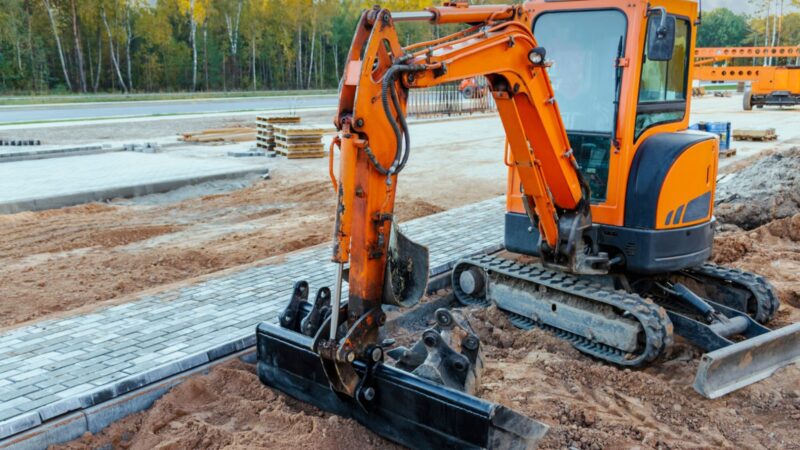Modular building construction – the future now
Yesterday and today
Where would we be without visionaries? Hoover looked beyond the broom. Singer gave the world sewing machines. How much poorer would our lives be if it wasn’t for the people who said ‘You know what – there’s a better way’. The building industry is unfairly ignored as an innovator. Maybe it’s because most homes are still constructed using bricks and mortar. We now use machines, but the basic procedure hasn’t changed much since biblical times. But that’s changing. Companies like Elitesystems.co.uk, are moving beyond traditional construction methods. Modular building design and assembly is at the forefront of a revolution. But today’s innovation is tomorrow’s yesterday. What’s next?
Where do we go from here?
3D Printing – In the Netherlands in October 2017 a 3D printer built the world’s first concrete bridge. Printed off-site, each section was then transported to the location and assembled. There was no need to pre-construct fixtures to hold wet cement. This reduced the cost and lowered CO2 emissions during construction. Bridges are just the beginning. Modular buildings will soon benefit from this technology.
Virtual Reality – No longer restricted to gaming, VR can now provide architects, developers, and buyers with an accurate visualisation of a project, long before the completion date. This advance enables subtle, but necessary changes that wouldn’t otherwise be identified until it was too late. It’s also more cost-effective. In one example, during a hospital construction in Alabama, the firm used VR instead of physical mock-ups. It saved them about $250,000.
Self-healing Concrete – Scientists are developing a mixture for concrete that enables it to heal itself. Trichoderma reesei is a fungus that produces limestone. As fine cracks appear, the fungus, already mixed into the concrete when it was made, fills the gap and prevents it widening.
Metamaterials – These are synthetic materials, artificially formed, but with the properties of natural materials. The most interesting of these is Graphene. At only an atom thick, it’s the thinnest material known. Yet it’s about 200 times stronger than steel. Incredibly flexible and durable, its uses in the development of the shape and content of modular buildings are almost limitless.
The construction industry is adopting technology like never before. And none more so than the developers of modular buildings. Before works begin, VR will take away the need to ‘imagine’ a building. We’ll be able to walk into them and see how they will look and behave. 3D printing will reduce costs and improve the production of components. While, below our feet, concrete will heal itself before cracks become so big that they threaten the structure. And Graphene. The man-made ‘wonder-material’ is only now beginning to reveal what we can do with it. The construction industry is no longer the follower of innovation, it’s driving it and adopting more.







